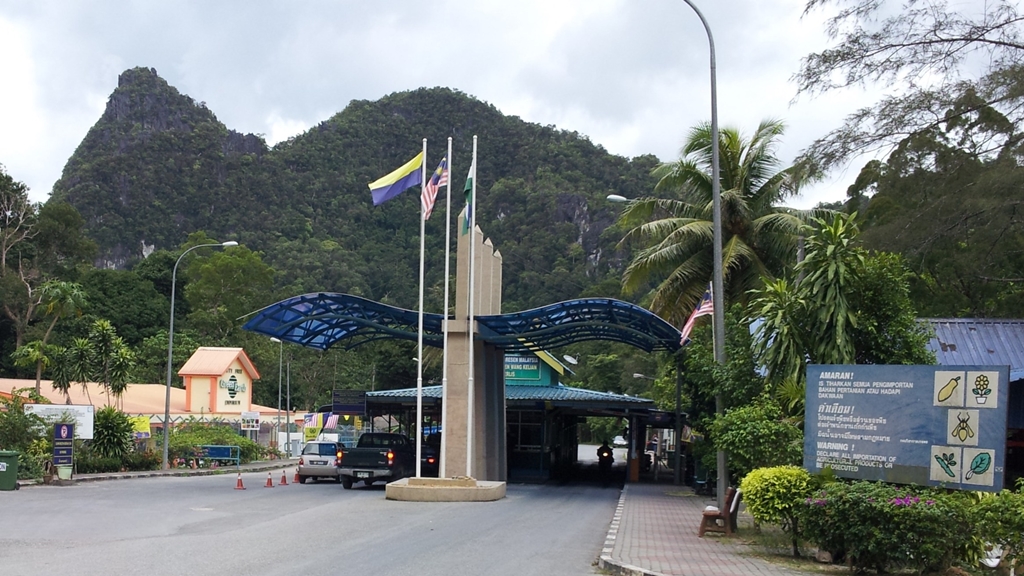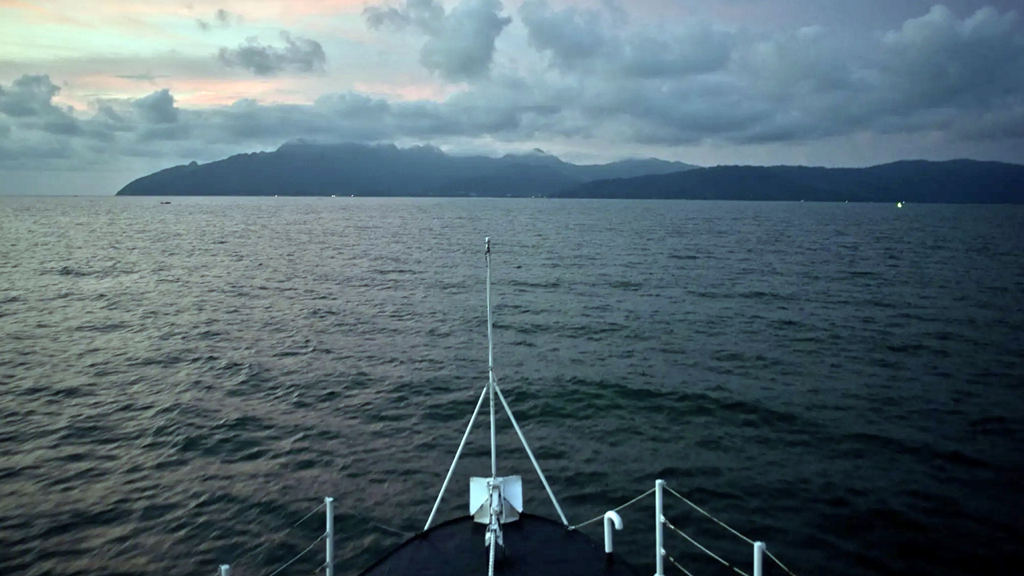
Malaysia withholds report on Rohingya graves a full year after government probe
- 13/10/2020
- 0
By Zachary Frye, ASEAN Today
According to Fortify Rights, a human rights organization in Southeast Asia, the Malaysian government has yet to release its report on mass graves of Rohingya and Bangladeshis found near the village of Wang Kelian near the Thai border in 2015. Last month marked a full year since the conclusion of the internal investigation that produced the report.
In 2015 Malaysian authorities uncovered 139 mass graves across 28 human trafficking camps in the area. The camps were a part of an international trafficking operation targeting persecuted Rohingya minorities and poor Bangladeshis. Trafficking victims were forced to stay at the camps after attempting to flee persecution and poverty.
In the aftermath of finding the graves in Wang Kelian, the Malaysian government set up a committee to investigate the sites known as the Royal Commission of Inquiry (RCI).
The RCI submitted its final report and recommendations to the King of Malaysia, the country’s nominal head of state, in September 2019.
For Matthew Smith, chief executive officer of Fortify Rights, the government’s reluctance to release the report is a failure for the victims and their families.
“Malaysian citizens and survivors of trafficking deserve access to the final report. This is a matter of truth, justice and accountability,” Smith said in a press release urging the government to act.
The Wang Kelian grave sites represent the horrors of human trafficking
While many Rohingya refugees willingly seek traffickers’ help in relocating to a nearby country, trafficking groups commonly deceive refugees to boost profits.
Firsthand accounts from survivors and witnesses show that traffickers use promises of freedom, security and opportunities to lure recruits. However, once victims are in transit they report being treated like commodities.
Research from Fortify Rights and the Human Rights Commission of Malaysia shows that traffickers give out different colored bracelets to victims to indicate which trafficker “bought” them. In addition, some captives are forced to pay additional amounts of money not agreed upon beforehand under the threat of harm to them or their families.
In addition, the trip from Bangladesh or Myanmar to Malaysia or Indonesia, two more common intended destinations, is treacherous. Many people are forced on overcrowded boats with little food or water on overseas trips that could last months.
Others are thrown overboard at the whim of traffickers.
Once on shore, the illicit nature of their existence in the new territory promotes the use of hidden makeshift camps. As the camps near Wang Kelian indicate, life in a trafficker’s camp is dangerous and degrading.
Evidence from Malaysian authorities released after the camps were initially found shows that the refugees were held inside crude wooden fences covered by tarps. For those who didn’t survive, traffickers buried them in unmarked graves in an attempt to hide any evidence of wrongdoing.
Traffickers are still operating in the region
Per analysis from Fortify Rights released in 2019, at least 170,000 Rohingya were trafficked from Myanmar and Bangladesh to Malaysia between 2012 and 2015, generating an estimated US$50-100 million in annual revenue for traffickers.
While reliable, updated data on the severity of trafficking in the region is difficult to gather, overseas trafficking in Southeast Asia continues to be a problem.
In September, a boat carrying 297 Rohingya refugees was rescued by local fishermen off the coast of Sumatra, Indonesia. Reports indicate that traffickers refused to bring the boat to shore unless they secured further payment from victims.
Around 30 people reportedly died on the trip over and two others succumbed to illness after arriving on land.

Many who attempt this trip intend to leave from the Kutupalong Refugee Camp in southeastern Bangladesh. Kutupalong is the largest refugee camp in the world with some 600,000 Rohingya refugees from Myanmar living in an area of 13 square kilometers.
According to a report released by Interpol in June, Rohingya trafficking from Bangladesh to Malaysia by sea increased threefold as refugees sought to leave the overcrowded camp amid the COVID-19 crisis at the beginning of the year
The Malaysian government has an obligation to victims of trafficking within its borders
At the conclusion of RCI’s evidence gathering period in June 2019, its chairman Arifin Zakaria noted that after the findings were submitted to the king, it would be “up to the government’s discretion” as to whether the report would be made public.
Furthermore, comments in January by Prime Minister Tan Sri Muhyiddin Yassin—the country’s home secretary at the time—indicated that the report would be made public “if the Cabinet agrees.”
In addition to the lack of transparency by not releasing the report, Fortify Rights also highlights the issue of accountability.
Since the sites were discovered, just four people have been convicted in Malaysia in the case—none of them Malaysian citizens.
By comparison, after similar trafficking camps were found just across the border in Thailand in 2015, a Thai judge later sentenced 62 defendants, including nine government officials and a senior army general.
“The RCI was mandated to help bring perpetrators to justice, and that hasn’t happened. The government must act. There have been no changes in policy and not even a formal public reckoning of the crimes committed,” Smith added.
At the outset of the RCI’s investigation, Muhyiddin argued that the function of the commission was to guarantee that “no one can say that they are not satisfied and question Malaysia’s commitment on human rights.”
The reluctance of Muhyiddin’s government to release the report, however, only adds to questions surrounding accountability and justice in the matter.
The public release of RCI’s findings and recommendations should be fast-tracked not only to allow justice in the case, but also to make clear that the government has viable policy solutions to ensure tragedies like Wang Kelian do not happen again.






